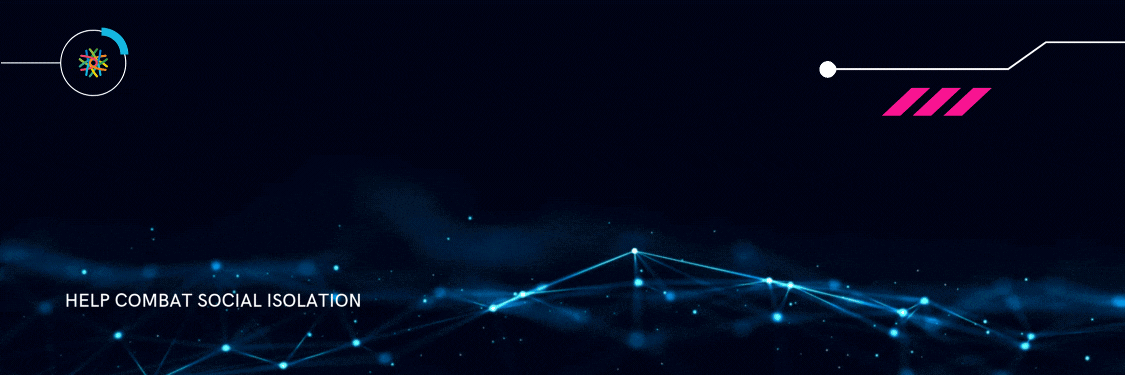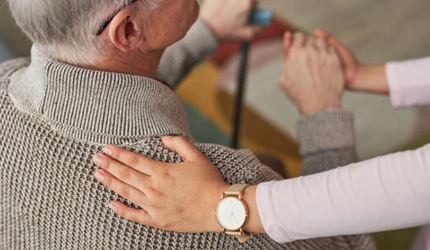
Combating loneliness via innovative technological solutions is the focus of a new hackathon that we’re running in partnership with some of WA’s brightest sparks.
In a bid to help solve one of the biggest challenges facing our ageing population, Brightwater is seeking tech-savvy creatives to develop practical solutions to reduce social isolation and improve connection.
Over the next four months, the Brightwater Tech Innovate Challenge will see teams create and pitch concepts that can be expanded further as development projects or implemented immediately.
A $20,000 funding pool is available alongside mentoring opportunities – and the thrill of turning great ideas into real solutions that make a real difference in people’s lives.
Brightwater CEO Dr Catherine Stoddart PSM said with older people increasingly spending more time at home alone, it was vital to come up with new ways to tackle the problems of social isolation and loneliness.
“We’re looking for coding wizards, data enthusiasts and creative problem solvers to help develop real world solutions to one of the most serious issues facing older Australians,” Dr Stoddart said.
“Loneliness isn’t just a social issue – it has serious health consequences, with studies showing it increases the risk of depression, anxiety, weakened immune system, heart disease and stroke.”
Brightwater has joined forces with innovation incubator Venture UWA to deliver the hackathon, with support also from Bloom, Coders for Causes, Perth Bio Design and the Centre for Entrepreneurial Research and Innovation (CERI).
The challenge, titled ‘Bridging the Gap Against Social Isolation’, has been made possible by Meshpoints, an initiative supported by Lotterywest and Spacecubed, which exists to build a stronger culture of entrepreneurship and innovation in WA.
“We know the technology barrier for seniors can significantly contribute to social isolation by limiting their ability to link with others,” Dr Stoddart said.
“That’s why we want to create new solutions that make it easier and more possible to break down these barriers and help older people feel a greater sense of connection and belonging.”



